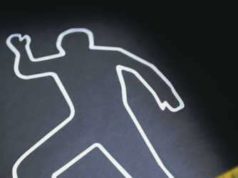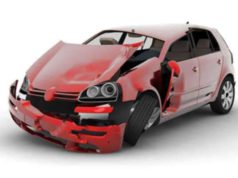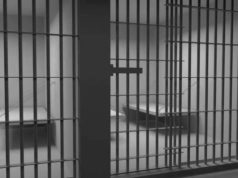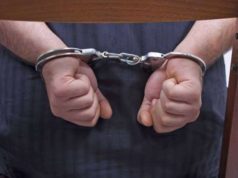
Involuntary manslaughter is the second category of manslaughter. Involuntary manslaughter includes killings which occur without any malice, but still contain an element of both liability and criminality. There are two classifications of involuntary manslaughter: constructive manslaughter and criminally negligent manslaughter.
Constructive manslaughter is a killing which occurs as the result of an act that is unlawful. It is similar to the idea of felony murder, but covers homicides which occur when a less serious crime is committed. As a result, it is sometimes known as misdemeanor manslaughter.
The existence of a misdemeanor manslaughter charge holds an individual liable for the immediate consequences of their actions, while still recognizing the circumstances in which the full liability for one's actions do not rise to the threshold of malice required to charge the individual with homicide.
There are three qualifications required for a constructive manslaughter to fulfill the involuntary manslaughter definition. The involuntary manslaughter definition requires the defendant to commit an unlawful act, the act must be considered dangerous by a reasonable person even if the act does not target the victim, and the act must be fatal to the victim.
If Rob kicks a brick off of a bridge that hits John in the head, which kills John, but Rob did not know John was there, Rob's actions would fulfill the involuntary manslaughter definition. This involuntary manslaughter definition would be fulfilled because Rob committed a fatal act, but lacked both malicious intent as well as a lack of awareness that another person could be harmed. Therefore, Rob's kicking the brick would not have failed a reasonable person test.
The involuntary manslaughter definition also includes a category known as criminally negligent manslaughter. This version of involuntary manslaughter is also known as criminally negligent homicide in America, gross negligence manslaughter in England and Wales, and culpable homicide in Scotland.
The involuntary manslaughter definition of criminally negligent manslaughter involves cases in which the death of a person occurs as a result of serious negligence or recklessness on the part of another individual. Recklessness is the more serious of the two circumstances. The involuntary manslaughter definition which concerns reckless incidents views recklessness to have occurred when an individual is aware of the negative consequences which may accompany their actions but chooses to commit the act anyway.
Negligence in an involuntary manslaughter includes instances of carelessness, inattentiveness, or neglectfulness of any circumstance which arises from a course of action pursued by an individual which results in a death.
The involuntary manslaughter definition provided in law also covers instances of negligence when a professional caregiver, such as a doctor, an emergency medical technician, or a paramedic provides care which does not rise to the level which they have been trained to provide. The point at which poor care becomes negligent care can be difficult to determine and often requires extensive expert testimony.
This expert testimony is used to both establish a baseline of the normal level of care a person of commensurate training with the defendant should have been able to provide. This baseline standard is then compared to that which was actually performed.
The expectation of service can never be below that which a reason person would have provided, but can be raised based on individual circumstances, such as a specialization in treating the particular symptoms.






























